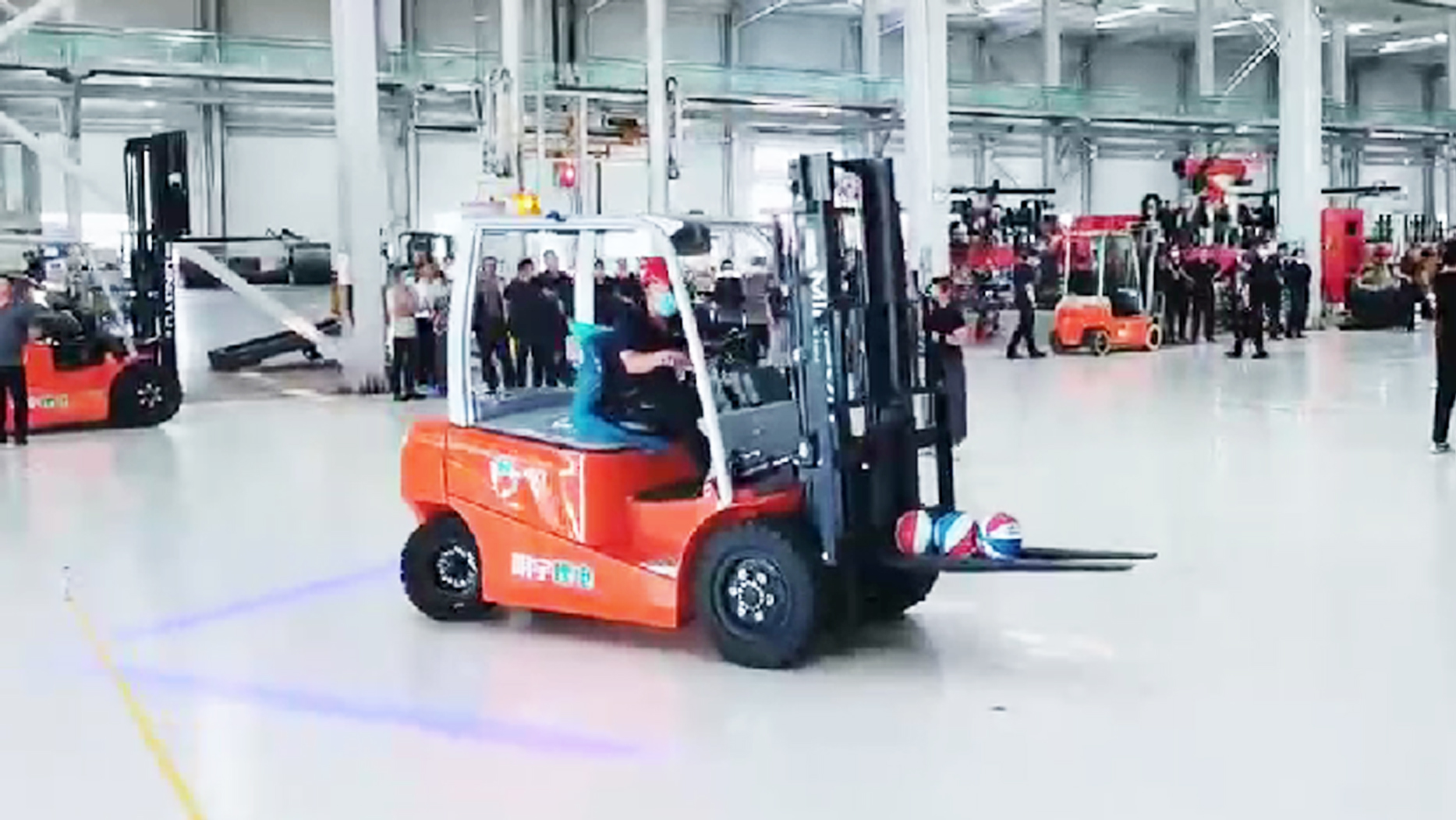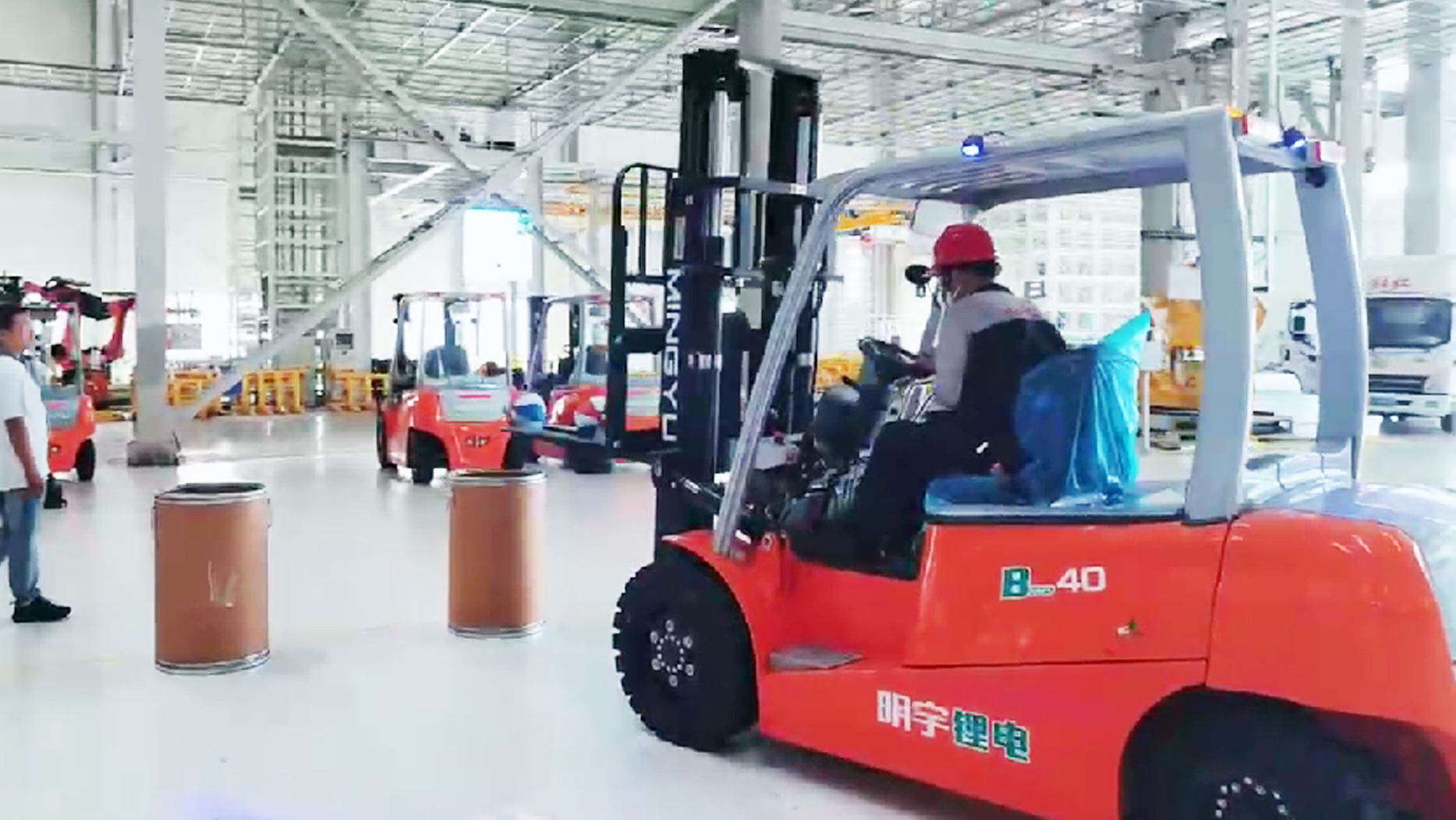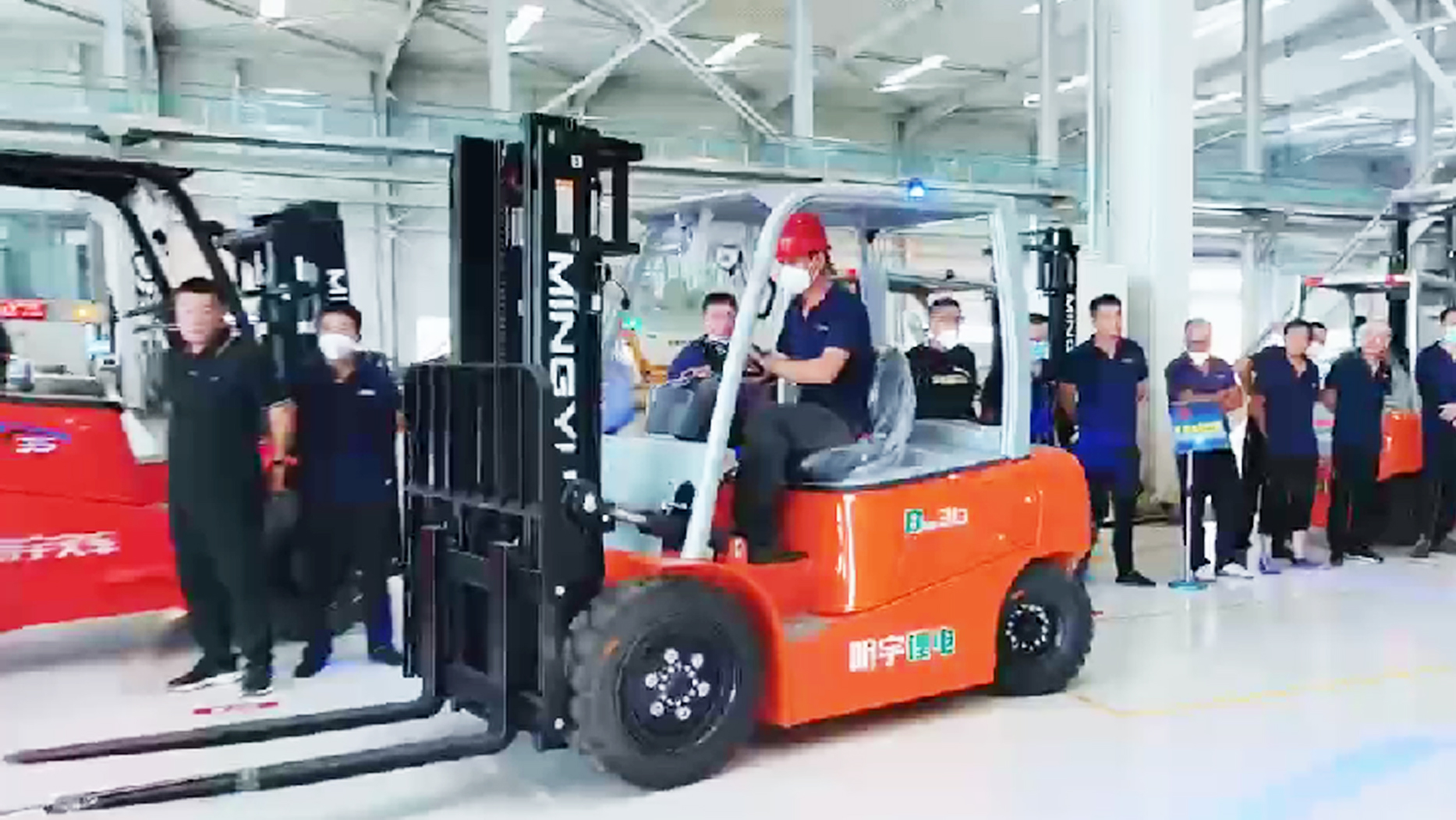I. Introduction
Forklifts are essential equipment in a wide range of industries including construction, warehousing, manufacturing, and retail. They provide the necessary muscle to lift, move, and stack heavy materials efficiently. For many businesses, especially small and medium enterprises, renting a forklift is more practical than purchasing one outright. Rental allows flexibility, reduced upfront costs, and access to various types of forklifts tailored to different jobs.
Understanding how much it costs to rent a forklift can help you plan better and avoid unexpected expenses. Whether you're looking for a short-term rental for a one-time job or a long-term lease to support ongoing operations, knowing what to expect in terms of pricing, fees, and rental terms is critical. This guide breaks down forklift rental costs by type, duration, and other key factors.
II. Types of Forklifts and Their Rental Costs
Different types of forklifts come with different capabilities and costs. Below is a breakdown of common forklift types and their average rental prices.
Electric forklifts are ideal for indoor use due to their zero emissions and quiet operation. They’re popular in warehouses and retail settings.
Daily Rate: $100–$150
Weekly Rate: $300–$500
Monthly Rate: $800–$1,500
Gas/Propane Forklifts
These forklifts offer more power and flexibility, especially for outdoor work. Propane forklifts are often used in distribution centers.
Daily Rate: $120–$180
Weekly Rate: $350–$600
Monthly Rate: $900–$2,000
Diesel Forklifts
Diesel forklifts are heavy-duty machines meant for tough outdoor jobs. They are larger, noisier, and more powerful.
Daily Rate: $150–$250
Weekly Rate: $500–$900
Monthly Rate: $1,500–$3,000
Designed for construction and uneven outdoor environments, rough terrain forklifts are equipped with large tires and enhanced suspension.
Daily Rate: $200–$300
Weekly Rate: $600–$1,000
Monthly Rate: $2,000–$3,500
Telescopic/Telehandler Forklifts
These specialized machines can lift loads to much greater heights and distances, making them ideal for large construction projects.
Daily Rate: $250–$400
Weekly Rate: $800–$1,200
Monthly Rate: $2,500–$4,500
III. Rental Duration and Pricing
Rental periods have a major impact on cost. Generally, the longer the rental period, the better the value per day.
Hourly Rentals
Rare and typically offered by some local companies for very short tasks.
Hourly Rate: $20–$40 (usually with a minimum charge)
Daily Rentals
Best for short-term jobs and emergency needs.
Weekly Rentals
Provide better cost efficiency for projects lasting several days to a week.
Monthly Rentals
Ideal for ongoing operations. Most rental companies offer discounted rates for monthly use.
Long-Term Contracts
For rentals over several months, companies may negotiate lower rates and include maintenance services.
IV. Factors That Affect Rental Costs
Several variables influence the overall cost of renting a forklift:
Forklift Capacity and Specifications
Heavier load capacities and higher lift heights command higher rental rates. Specialized features like side shifters, enclosed cabs, or 4WD also affect price.
Location and Availability
Prices can vary based on geographic location. Urban areas may have higher rates due to demand, while remote areas may add transportation charges.
Rental Company and Service Level
Some rental companies include maintenance, delivery, and customer support, which can affect overall costs. Reputation and service quality often correlate with pricing.
Accessories and Attachments
Additional forks, clamps, rotators, or booms can raise rental fees.
Delivery and Pickup Fees
Most companies charge extra for transporting the forklift to and from your site. These fees depend on distance and forklift size.
V. Comparing Renting vs. Buying
Cost Benefits of Renting
Lower upfront investment
No maintenance or storage responsibility
Access to newer models with updated features
When Buying Makes More Sense
Long-term, frequent use
Customization needs
Availability of in-house maintenance
Leasing as a Middle Ground
Equipment leasing provides some of the benefits of ownership while spreading costs over time. It may include purchase options at the end of the term.
VI. Hidden and Additional Costs
When budgeting for a forklift rental, don’t forget these often-overlooked expenses:
Insurance Requirements
You may be required to show proof of liability or damage coverage.
Fuel or Charging Costs
Depending on the forklift type, you’ll need to factor in fuel or electricity usage.
Damage Fees and Cleaning Charges
Any wear, tear, or mess beyond normal use can incur penalties.
Late Return Penalties
Exceeding your rental period without notice can result in steep fees.
VII. Tips for Saving Money on Forklift Rentals
Compare Quotes
Reach out to multiple rental providers to find the best deal.
Book in Advance
Booking early ensures availability and may lock in lower prices.
Bundle with Other Equipment
Some companies offer discounts if you rent multiple pieces of equipment.
Understand Rental Terms
Read the fine print to avoid surprise fees or misunderstandings.
Negotiate for Long-Term Deals
If you foresee extended use, negotiate better terms with your rental provider.
VIII. Conclusion
Renting a forklift can be a cost-effective solution for businesses that need flexibility and low commitment. Rental prices depend on forklift type, rental duration, location, and included services. By understanding the pricing structure and being aware of hidden costs, you can make a well-informed decision that meets your operational needs and budget. Whether you're renting for a day or several months, planning ahead and comparing options will help you get the best value.
Post time:Apr.22.2025



